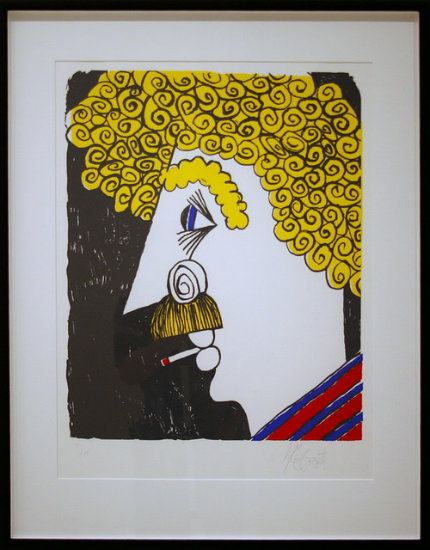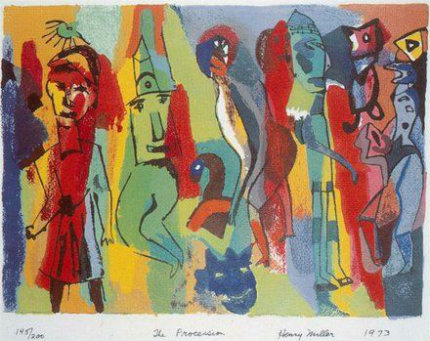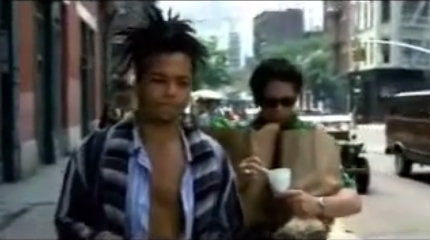- Blog Home
- Jd Peterson
- What Web Writers Can Learn From Classic Cross Genre Artists
What Web Writers Can Learn from Classic Cross-Genre Artists
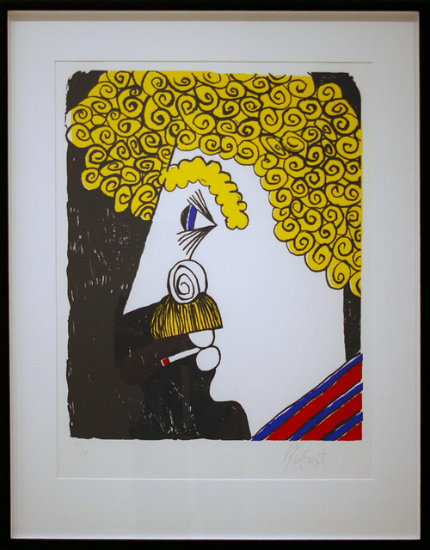
Web writers are increasingly expected to learn multimedia production. Read about these classic artists who worked in more than one medium and apply their learnings to your writing.
Artists who excel in multiple media demonstrate that creativity and genius transcend the limitations of medium. Those who can illustrate, design, direct, and compose-in addition to writing-show that creativity isn't confined to a single mode of production.
Web writers are increasingly encouraged to produce multimedia content, highlighting the demand for creative versatility. Despite current demand, cross-genre production isn't a new phenomenon. Read on to learn more about four great multi-genre artists and the inspiration they offer contemporary writers.
See also: Writing Lessons from Your Favorite Fictional Authors
Writers Who Picked up a Paintbrush
Kurt Vonnegut: Writer, Doodler
Kurt Vonnegut, the celebrated writer of highly respected novels Slaughterhouse-Five and Breakfast of Champions (among others), was also a prolific doodler. Many of his doodles were featured in his books, punctuating his laugh-out-loud-funny, absurd novels with bits of visual comic relief.
Vonnegut developed as a more serious visual artist later in life. In 1983, he headlined a one-man show at the Margo Feiden Galleries, Ltd. in Greenwich Village. As part of a promotional series spotlighting American artists in 1995, he designed an advertisement for Absolut Vodka.
Vonnegut summed up his thoughts on the value of creative pursuits in 2005's A Man Without a Country, writing, "The arts...are a very human way of making life more bearable." The next time you face a bout of writer's block, keep these thoughtful words in mind.
Self Portrait, Kurt Vonnegut, 1993
Henry Miller's Prolific Watercolor Paintings
Henry Miller, who seduced critics and the public alike with his controversial novel Tropic of Cancer, was also an accomplished painter. During the course of his lifetime, Miller produced more than 2,000 watercolor paintings.
What's more, Miller demonstrated that practice and devotion to one's craft can be equally as effective as formal education. As a writer and painter alike, Miller was self-taught; he received only one semester of college education.
Writers, take heed: though Miller was skilled at writing and visual art, he prioritized the former. In his work schedule from 1932-33, Miller imparts the advice to "Write first and always." He then adds that "[p]ainting, music, friends, cinema, all these come afterwards."
The Procession, Henry Miller, 1973
Visual Artists Who Sat in the Director's Chair
Julian Schnabel: Multi-Genre Extraordinaire
Julian Schnabel is perhaps most famous for his Neo-expressionist paintings. During the late 1970s and early 80s, his plate paintings-large works featuring shards of dinnerware-drew critical acclaim.
What some people don't know is that Schnabel is a noted creator in other fields, including screenwriting/directing, architecture, and even writing. In the 1990s, Schnabel found success as a screenwriter and film. His debut film, the biopic Basquiat, centered on friend and fellow Neo-expressionist Jean-Michel Basquiat. The Diving Bell and the Butterfly was nominated for four Oscars in 2007.
Schnabel's work confirms that success in one field doesn't inhibit equal success in another. Another lesson we can learn from this artist? It's never too late to broaden your creative skill set. The Diving Bell was released when Schnabel was 56 years old.
Basquiat, 1996
Andy Warhol's Lesser-Known Directing Career
For many, Andy Warhol is inextricably linked to a Campbell's soup can-and understandably so. The legendary visual artist gained notoriety for his paintings and silkscreens of consumer goods and famous faces. Though most people would recognize Warhol's Campbell's Soup, few are familiar with his artistic range.
Early in his career, Warhol made a living as an illustrator; among his oldest works are shoe advertisements and album-cover art. Later in the 1960s, Warhol produced experimental films with his cohorts at the infamous Factory in New York. Inspired by James Joyce's Ulysses, he offered up the cleverly and mischievously titled A Novel.
Always in the process of making something new, Warhol didn't believe in idleness. "Don't think about making art, just get it done," he is known to have said. "Let everyone else decide if it's good or bad, whether they love it or hate it. While they are deciding, make even more art." Wise words, indeed.
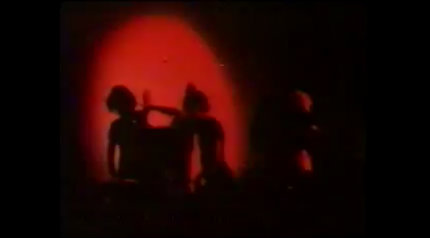
These versatile creators remind us that artists needn't be confined to a singular formal path. Harness your creativity in one field and apply it to another-as these four artists demonstrate, versatility is one path to success.
To Read More Writing Tips, See Below:
Six Ways to Never Miss a Deadline Again
Five Strategies for Saving Your Bacon: Ge Articles Written in Record Time
Five More Ways to Smash Through Writer's Block
Published by JD Peterson on Thursday, July 10, 2014 in Andy Warhol, Cross Genre Artists, Henry Miller, Julian Schnabel, Kurt Vonnegut, Multimedia Production, Web Writing, Writing.
